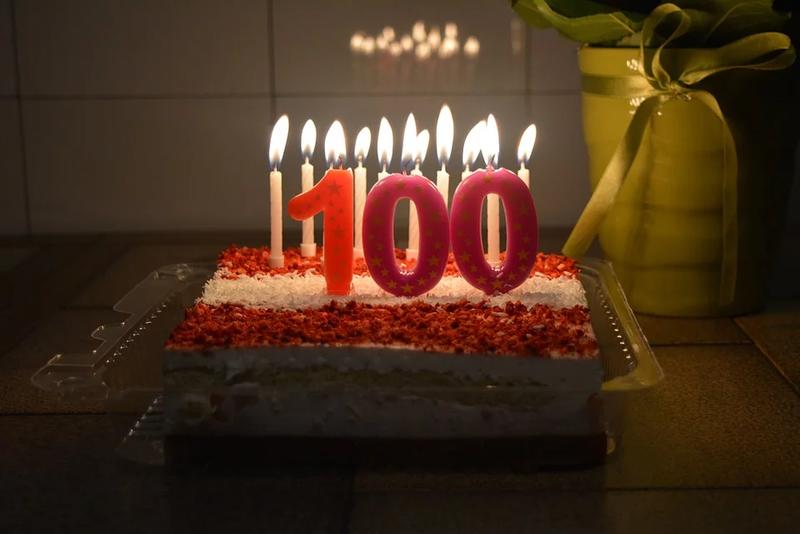Where Do You See Yourself in 5 Years Administrative Assistant

There are 100 years in a century. While a century can technically describe any period of 100 years, it's typically defined as starting with a year that ends in one and ending in a year that ends in 00 or 100. For example, the 20th century began in 1901 and ended in 2000. The 21st century began in 2001 and will end in 2100. This measurement of time is based on the Gregorian calendar or New Style Calendar that most of the world uses today.
Decades
Each century is made up of 10 decades, a series of 10 years. Like centuries, decades can cover any period of 10 years. But when referencing the Gregorian calendar, a decade begins in a year that ends with one and ends with a year that ends in 0. For example, the 1990s officially began in 1991 and ended in 2000. However, it's more common for people to start and end a year earlier. In this case, the 1990s began in 1990 and ended in 1999.
Y ears
Both centuries and decades are made up of years. A year is a period of 12 months that begins on January 1 and ends on December 31. Each year is also made up of about 365.25 days. However, most people consider a year to last only 365 days. So, every four years, those four extra quarters come together to create a year that lasts 366 days. This is called a leap year. A year is also the period of time that it takes for the Earth to revolve around the sun.
M onths
Each year is divided into 12 months. Some months — January, March, May, July, August, October and December — are made up of 31 days. April, June, September and November are made up of 30 days. February is typically made up of 28 days, but during a leap year, it has an extra 29th day. The timing of the months was based on the moon's orbit.
D ays and Weeks
Days are periods of roughly 24 hours that start at midnight and end at 11:59 p.m. every night. Each day covers the time period it takes for the Earth to rotate on its axis. There are seven days in a week: Monday, Tuesday, Wednesday, Thursday, Friday, Saturday and Sunday. Saturday and Sunday are the weekend, while Monday through Friday are weekdays. There are 52 weeks in a year.
S easons
Another way to measure time is by counting the four seasons: spring, summer, autumn and winter. Seasons change based on the way the Earth tilts on its axis as it revolves around the sun. Each season lasts for about three months. Spring begins in March at the time of the spring equinox. Summer begins in June at the time of the summer solstice. Autumn begins in September at the time of the autumn equinox. Winter begins in December at the time of the winter solstice.
T he Gregorian Calendar
Most of today's measurements of time are based on the Gregorian calendar, which was made official by Pope Gregory XIII in 1582. It took the place of the Julian calendar, which was found to be slightly inaccurate. Italy, Poland, Portugal and Spain were the first countries to use it. Many Protestant countries hesitated to use it because they felt it was a ploy by Catholics to suppress their views. In 1752, England and the colonies that went on to form the United States adopted it. It remains the most widely-used calendar.
MORE FROM REFERENCE.COM
Where Do You See Yourself in 5 Years Administrative Assistant
Source: https://www.reference.com/science/many-years-century-4529a3117df04677?utm_content=params%3Ao%3D740005%26ad%3DdirN%26qo%3DserpIndex